
Japan Kanazawa Travel Guide, Tailor-made Japan Tour Packages
Kanazawa
Kamakura is a coastal town in Kanagawa Prefecture, less than an hour south of Tokyo. Although Kamakura proper is rather small, but it is a very popular tourist destination. It is often described in history books as a former de facto capital of Japan as the seat of the Shogunate and of the Regency during the Kamakura Period. Sometimes called the Kyoto of Eastern Japan, offers many historically significant Buddhist temples and Shinto shrines, some of them, like Sugimoto-dera, over 1,200 years old. In addition, Kamakura's sand beaches attract large crowds during the summer months.
Kenrokuen Garden
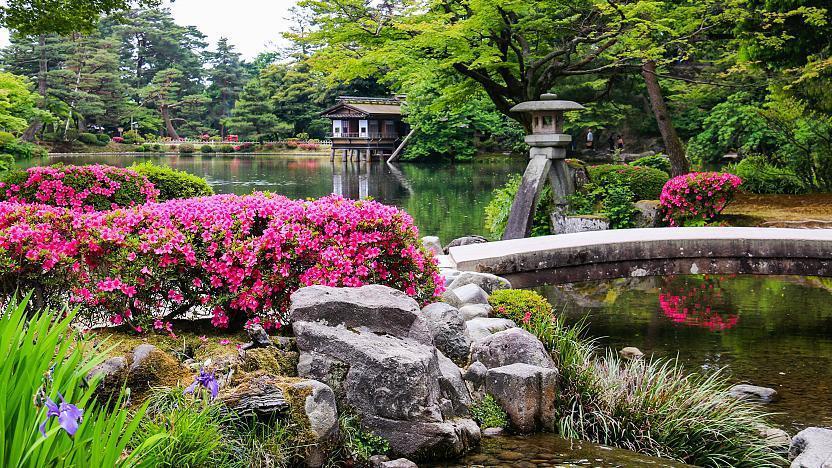
Kenrokuen in Kanazawa is justifiably classified as one of Japan's "three most beautiful landscape gardens"alongside Mito's Kairakuen and Okayama's Korakuen.The spacious grounds used to be the outer garden of Kanazawa Castle and were constructed by the ruling Maeda family over
Kanazawa Castle
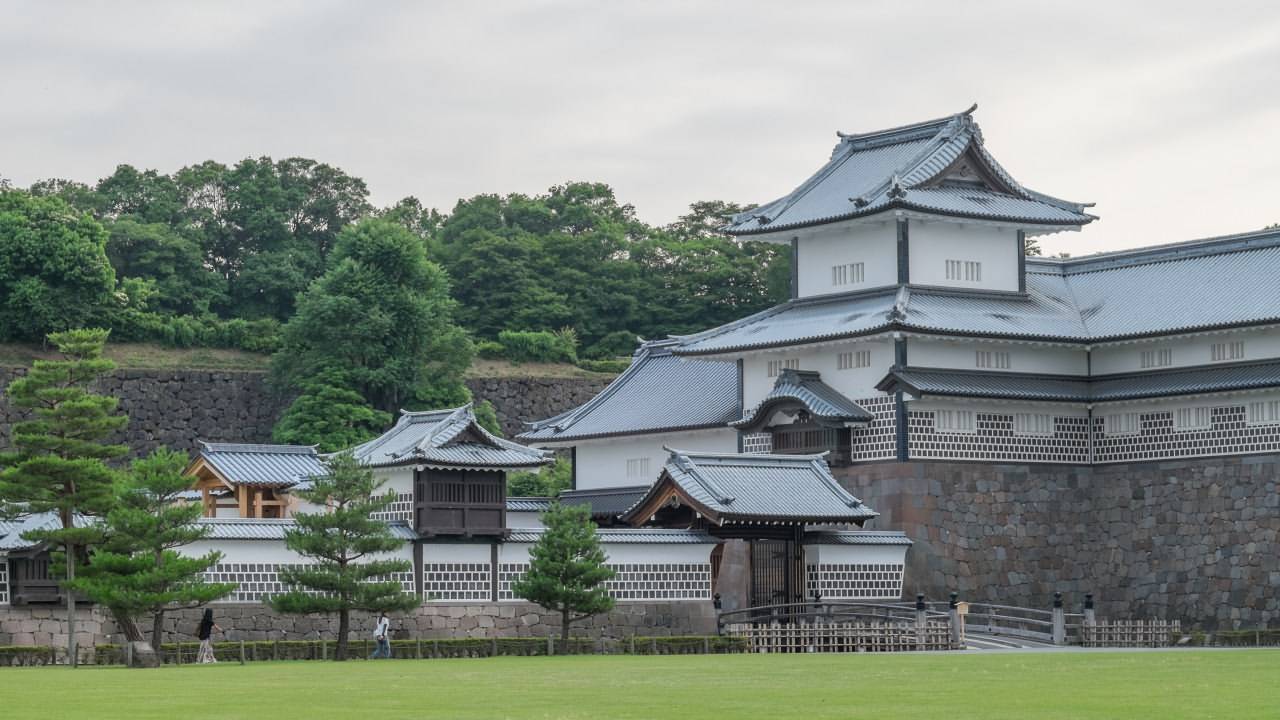
From 1583 to the end of the Edo Period, Kanazawa Castle was the seat of the powerful Maeda Clan, lords of Kaga, a feudal domain ranking second only to the Tokugawa possesions in terms of size and wealth.
21st Century Museum of Contemporary Art
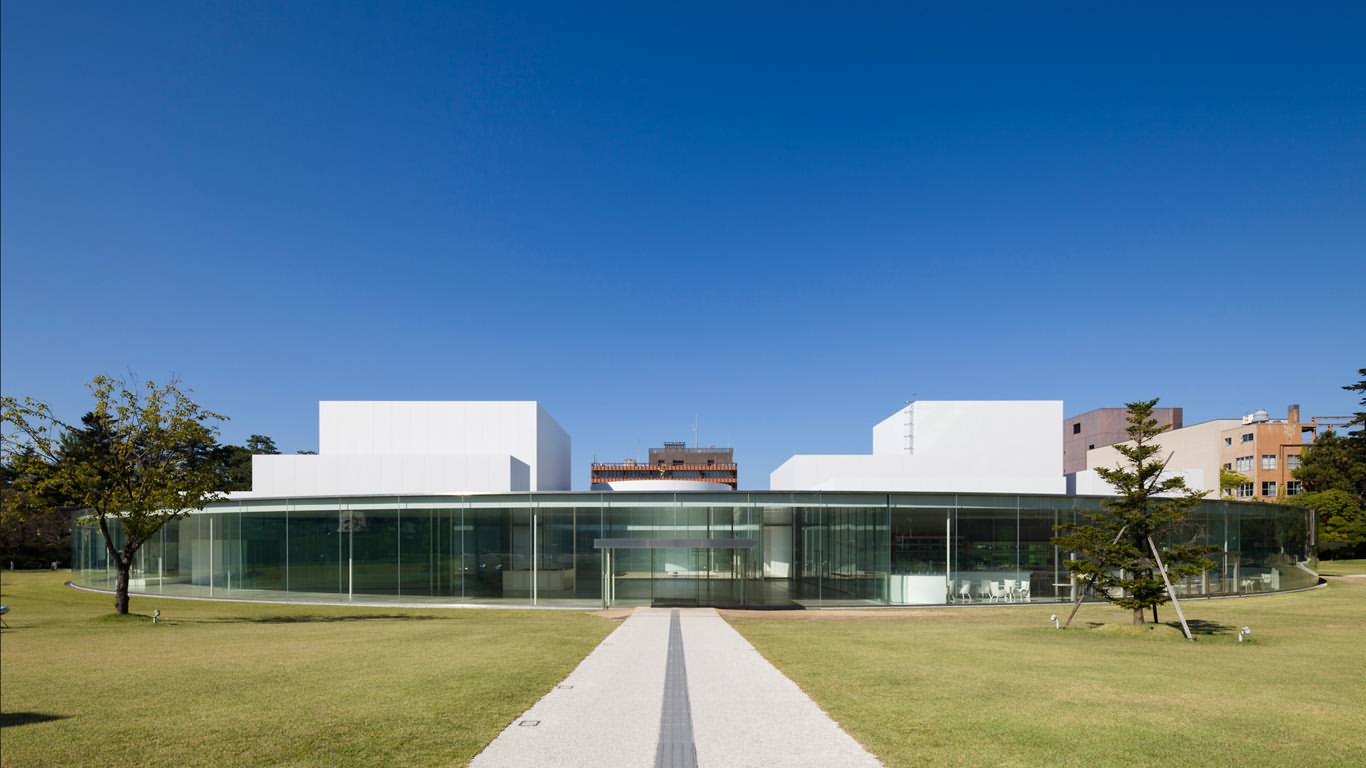
The 21st Century Museum of Contemporary Art opened in 2004 in downtown Kanazawa, just a few steps from Kenrokuen.
Ninjadera (Myouryuji Temple)
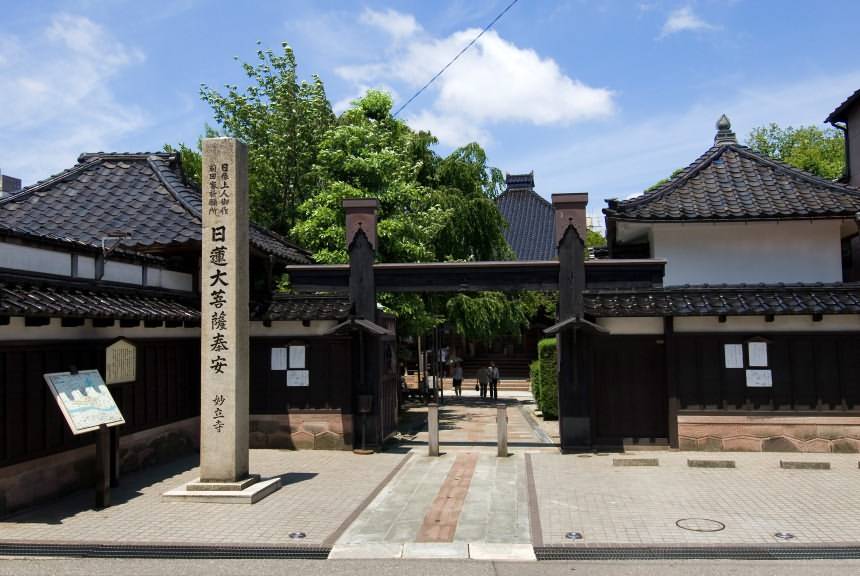
founded in 1643 as both a fully functioning temple, and also as a secret armed outpost for the local rulers, the Maeda lords. The building is constructed with a complicated network of stairwells and passageways, hidden corridors and secret rooms.
Omicho Market
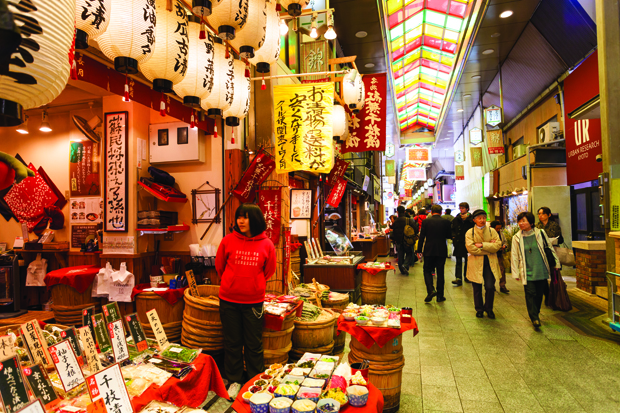
Established during the Edo Period, Omicho Market has formed an essential part of Kanazawa’s food culture for more than 300 years. The sprawling market features more than 170 stores, including a large number of fishmongers that sell freshly caught seafood from the Sea of Japan.
Higashi Chaya District
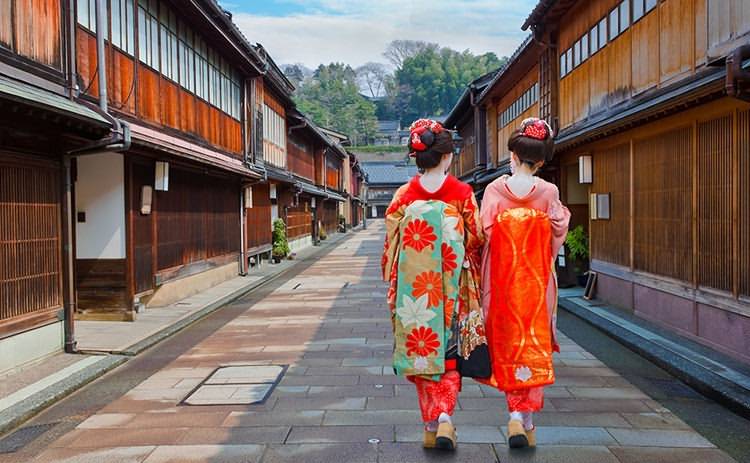
During the Edo Period, chaya were found in designated entertainment districts, usually just outside the city limits. Kanazawa has three, well preserved chaya districts, Higashi Chayagai (Eastern Chaya District), Nishi Chayagai (Western Chaya District) and Kazuemachi.
Nagamachi Samurai District
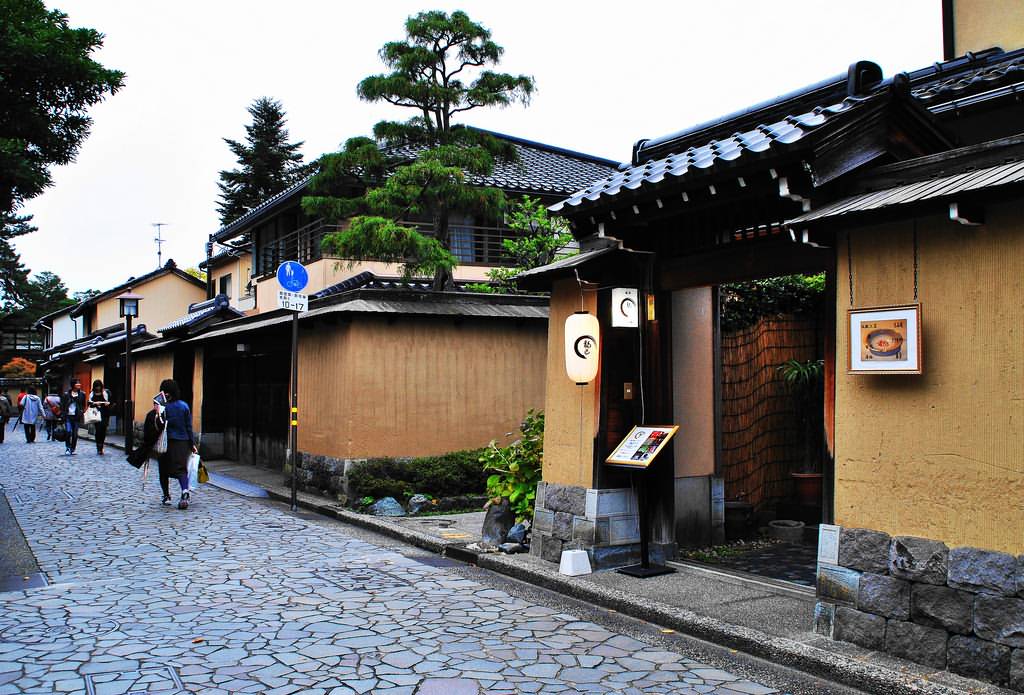
Nagamachi (長町) was a samurai district located at the foot of the former Kanazawa Castle, where samurai and their families used to reside. The area preserves a historic atmosphere with its remaining samurai residences, earthen walls, private entrance gates, narrow lanes and water canals.
Oyama Shrine
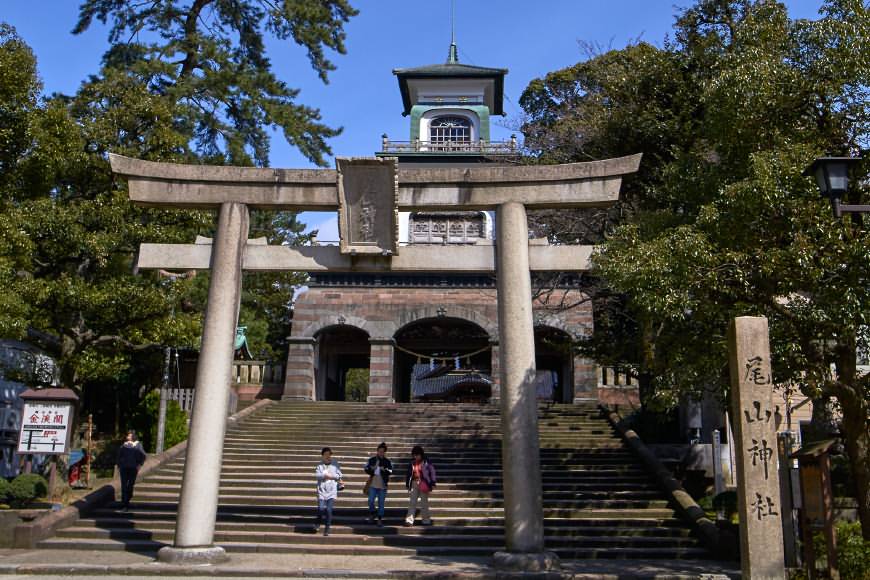
The Oyama Shrine that enshrines Maeda Toshiie was moved to the present location in 1873. The main gate is a peculiar mix of traditional Japanese, Chinese, and European religious architectural elements.
D. T. Suzuki Museum
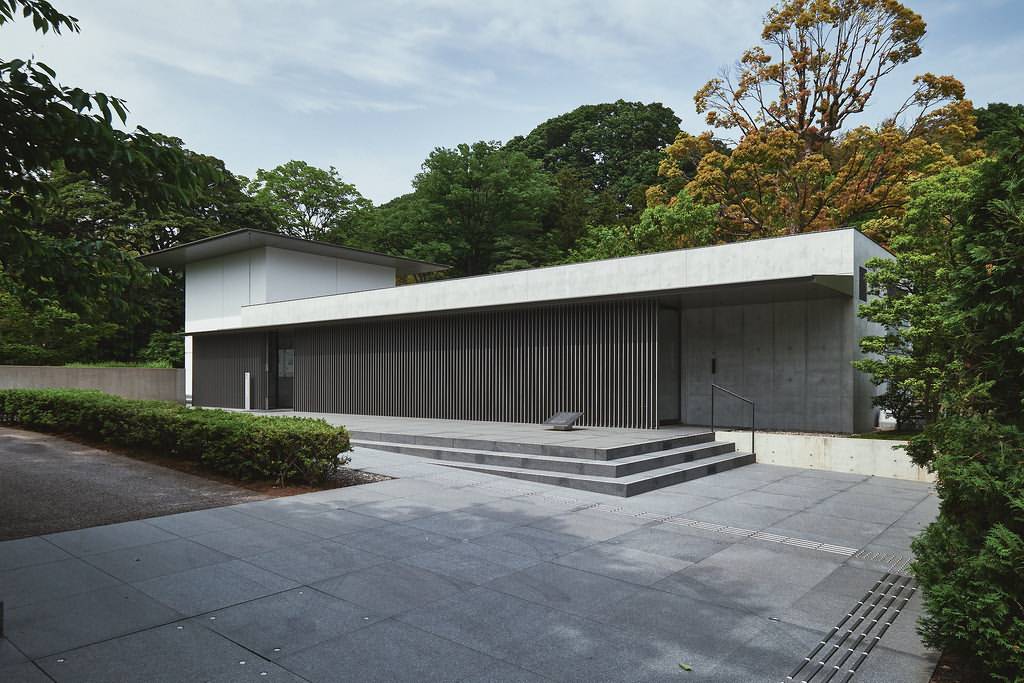
The D.T. Suzuki Museum is a small museum commemorating the life and works of Suzuki Daisetz Teitaro (1870-1966), a prominent Buddhist philosopher.
Nomura-ke Samurai Residence

A restored samurai residence with a beautiful, small garden. The Nomura were a high ranked samurai family who, like many other samurai, went broke when Japan's feudal era came to an end with the Meiji Period.